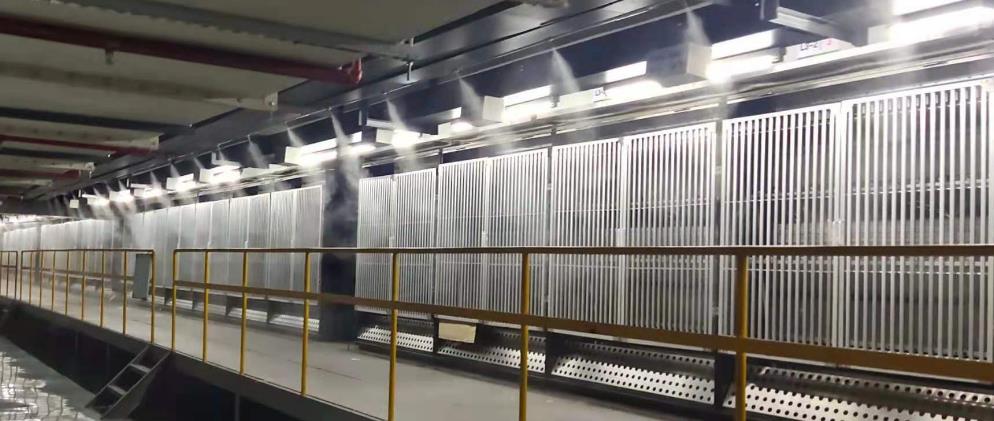
1. Background introduction
Textile fabric atomizing humidification system is a common technology used in textile processing. Its role is to increase the softness and ductility of the fiber, improve the feel and breathability of the textile, and avoid problems such as shrinkage and cracks of the fabric. Therefore, it is widely used in garment manufacturing, household goods production and other industries.Ii. Applicable scenarios
Textile fabric humidification is suitable for all kinds of natural fibers and synthetic fibers, including cotton, hemp, silk, chemical fibers and so on. In the process of processing, some problems such as shrinkage and deformation of cotton textile fabrics can be solved by atomizing humidification system treatment.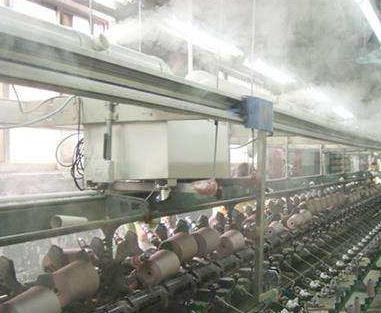
Textile mills can use high-pressure atomizing humidification systems to provide the right humidity for the production environment, thereby optimizing the production process and improving product quality. Appropriate humidity can reduce yarn breakage and hair generation, improve the efficiency and quality of weaving. The high-pressure micro-fog humidification system can accurately spray the water mist particles, so that the water mist evenly spread into the air to ensure that the moisture of the textile is just right.
Third, humidification process
In the process of textile fabric atomizing humidification system, there are mainly the following links.1. Inspection link: Before humidifying the textile, a comprehensive inspection is needed to ensure that the quality of the textile fabric meets the requirements. Pay attention to check whether each part meets the customized specifications, whether there are defects, and the elasticity and ductility of the textile fabric.
2. Preparation: For the textile fabrics to be humidified, it is necessary to ensure that they are clean and dry. For the untreated textile fabrics produced by the production side, the textile fabrics can be soaked in water for 20-30 minutes, and then washed, dehydrated, and dried.
3. Humidification treatment: manual watering can be used in the home, or household appliances such as indoor humidifiers can be used for humidification treatment. In the factory, it needs to be carried out by professional equipment or manual humidification methods.
4. Drying treatment: After humidification is completed, the processed textile fabric needs to be dried, and the next step can be carried out after the textile fabric is completely dry.
5. Precautions
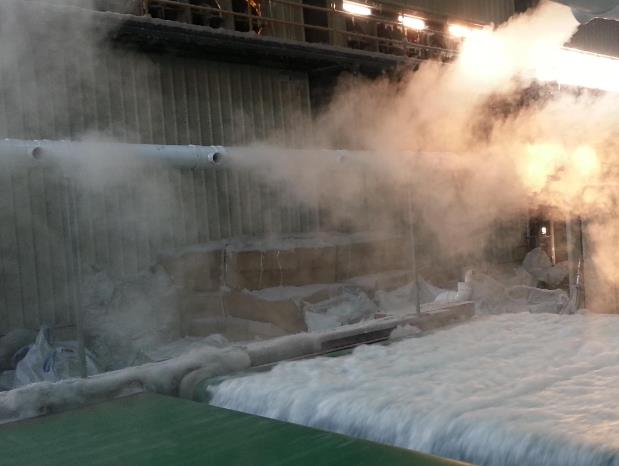
1. In the humidification treatment, do not add foreign bodies and chemical reagents, otherwise it will cause damage to the textile fabric;
2. When choosing the humidifier material, choose according to the actual demand to avoid waste or insufficient;
3. For different types of textile fabrics, the temperature, humidity and time of humidification treatment have requirements, which need to be processed according to the specific requirements of the textile fabric.
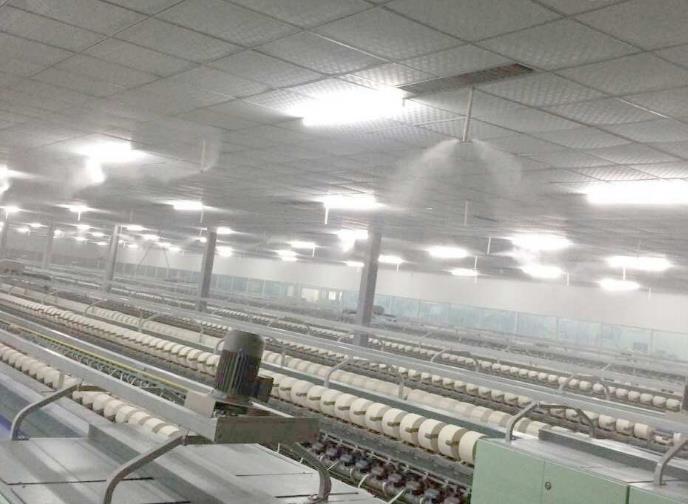
The characteristics of atomizing humidification system
It is also easy to generate static electricity in the textile process, which will affect the yarn combing, the efficiency of weaving and the processing quality of the following process. The humidification of atomizing humidification system can increase the conductivity of air, reduce the accumulation of electrostatic charge, and reduce the influence of electrostatic phenomenon on the production process. At the same time, due to the good atomization effect of the atomizing humidification system, it can quickly evaporate and improve the air humidity, and the operation efficiency is very high, which helps to reduce energy consumption and reduce the impact on the environment.The high pressure atomizing humidification system can effectively improve the quality and production efficiency of textiles in textile mills. Not only can control the appropriate humidity level, reduce the impact of electrostatic phenomenon, but also has the advantages of energy saving and environmental protection.
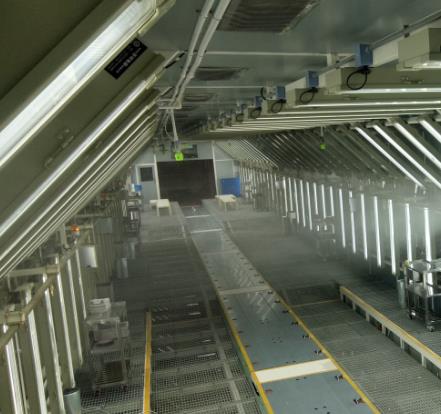
In summary, textile fabric humidification technology is a very important technology, which can play a huge role in the production of high-quality textile fabrics and finished products. The humidification process and precautions provided in this paper will help readers better grasp the humidification skills of textile fabrics, improve work efficiency and finished product quality.


